Bird House Basics – Do’s and Don’ts
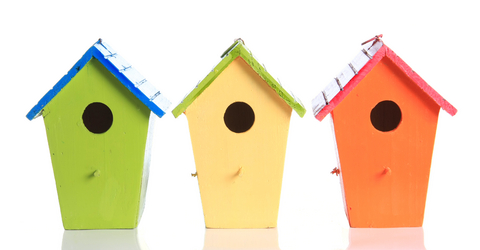
Like weather vanes and sundials, bird houses can be as artistic as they are functional. Bird houses come in many styles, from gaily painted wooden antiques to sleek metal models to plain old wooden ones. However delightful they may look to you, you’ll want to make sure the birds find them attractive as well. Learn about what birds use bird houses and how to acquire the most success in housing wild birds.
Cavity-Nesting Birds
Only cavity-nesting birds (those that nest in tree hollows) use bird houses. This group includes bluebirds, chickadees, nuthatches, swallows, and wrens. The type of bird house you install determines the kinds of birds you’ll attract. However, this is a most inexact science as a bird house may be intended for a wren or a bluebird, but it will be fair game for any birds of similar size that find it to their fancy. This can be a fun feature to providing bird houses in your backyard.
Small Birds
Small birds, such as chickadees, nuthatches, and most wrens, prefer a hole that’s 1 1/8 inches across. Medium-size birds, such as bluebirds, swallows, and purple martins, need a nest box with a hole 1 ½ inches wide. White-breasted nuthatches need a 1 ¼ inch opening.
Larger Birds
Larger birds, such as flickers and kestrels, take boxes with 2 ½ inch entry holes. Flickers usually like to dig out their own nests, but sometimes you can attract them with a large nest box. If you happen to fill it with wood chips, they’ll dig it right out.
Do’s & Don’ts
To keep bird houses safe from raccoons and cats, mount the bird houses atop metal poles. If you want to put a bird house in a tree, hang it from a branch. If you supply bird feeders in your yard keep the bird houses away from the feeders. Mealtime can make nesting birds nervous and scare them off. Wherever you plan on putting your bird house make sure the entrance is facing away from any prevailing weather. You can also remove the perch if your bird house comes with one; they are unnecessary and house sparrows may sit on them to heckle birds inside the bird house. When choosing a bird house make sure it’s made of good insulated material. Bird houses made out of at least 1-inch-thick wood usually is good insulation. If you make your own bird house, steer away from using plastic milk cartons as they are too thin and have poor ventilation. The heat created with this kind of material can bake chicks inside or make them fledge too early from your bird house. You’ll want to make sure you can easily clean bird houses so look for an opening at the top or side of the house. Also drain holes in the bottom of your bird houses and ventilation holes high in the sides of the house for summer heat are good things to watch for. Bird houses should be up before migrant season begins around late February because they will be looking for nesting sites soon after they arrive. And lastly, if you decide to put up more than one bird house keep them well separated and out of site from one another. Just like humans, birds most like their space!
These bird house basics should get you off on the right foot. After deciding which types of birds you want to attract and choosing the right bird house for them, you should start to see a more active wild life in your backyard. Providing bird houses in your lawn or garden is a delightful hobby. Enjoy picking out your bird house or bird houses because there a lot to choose from.
The Author:
My name is Angie and I love the outdoors. I sell lawn & garden decor from my online store and strive to provide the best quality and largest variety of lawn ornaments I can. My store provides a lot of cute ideas for people to decorate their outdoor space. Personalize your lawn & garden today with adorable garden statues, stepping stones, bird feeders, bird houses, wind chimes, wind spinners and much more.


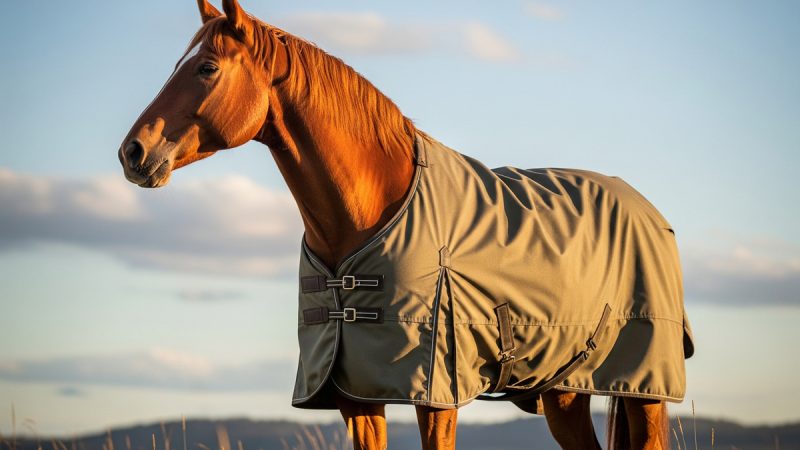
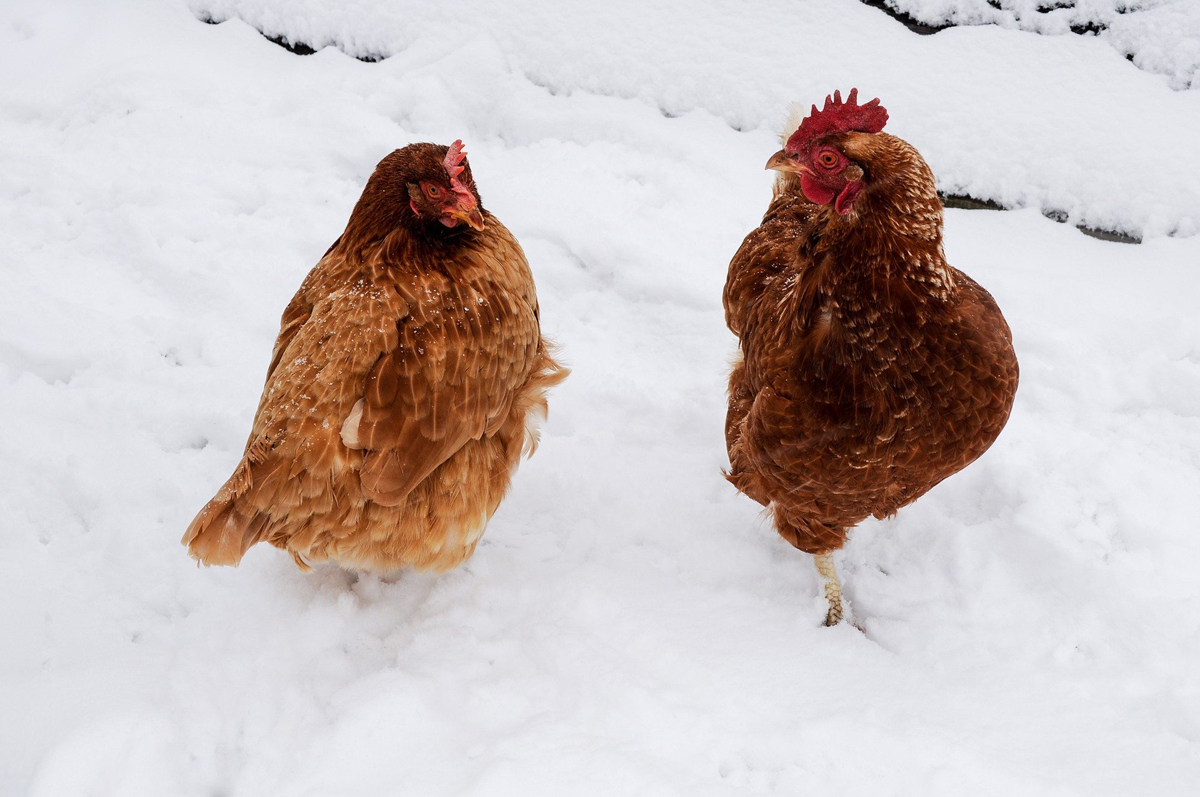
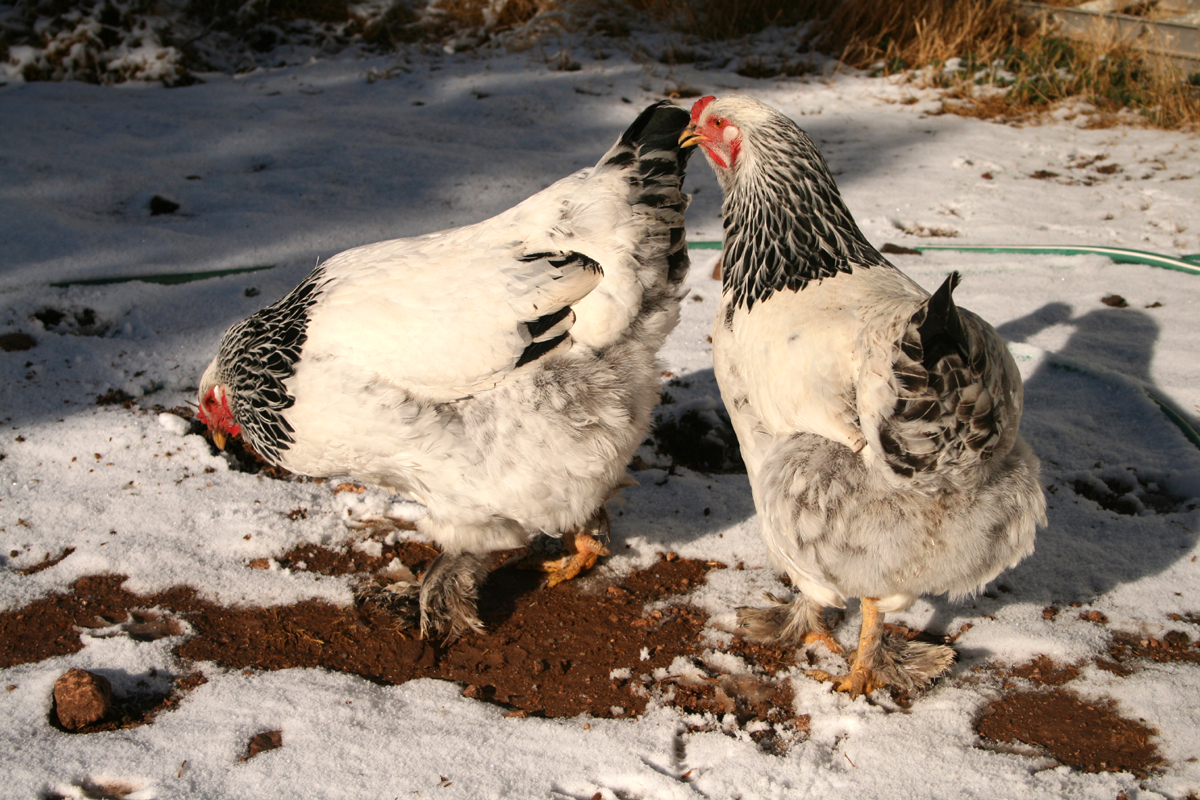
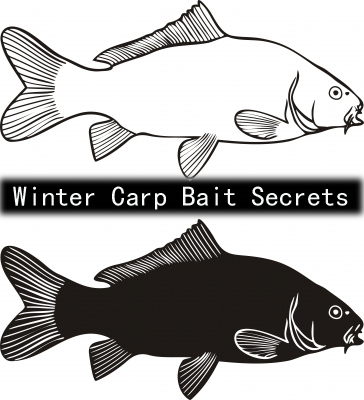
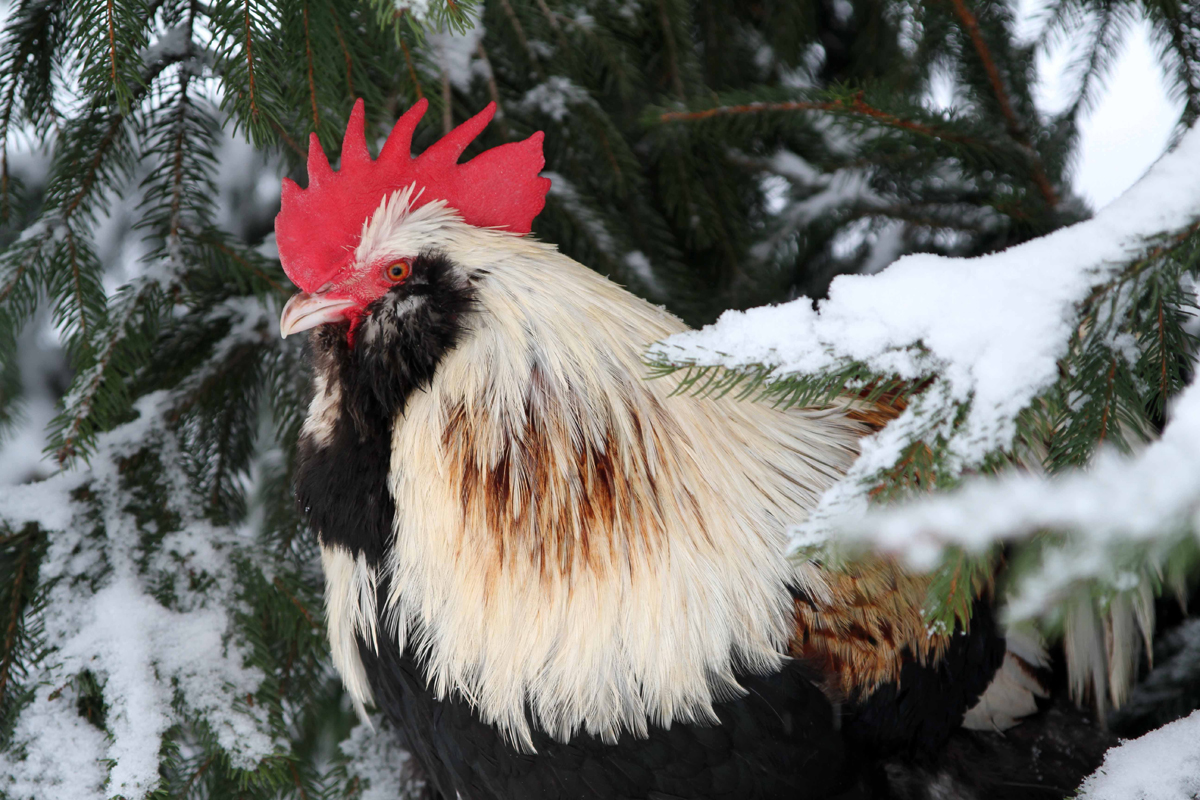
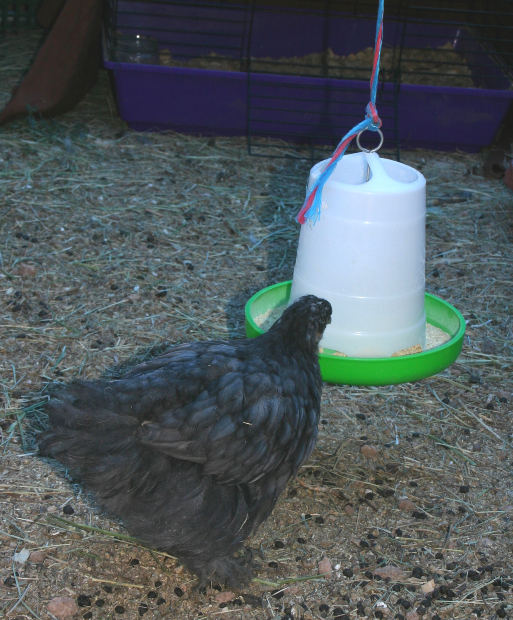
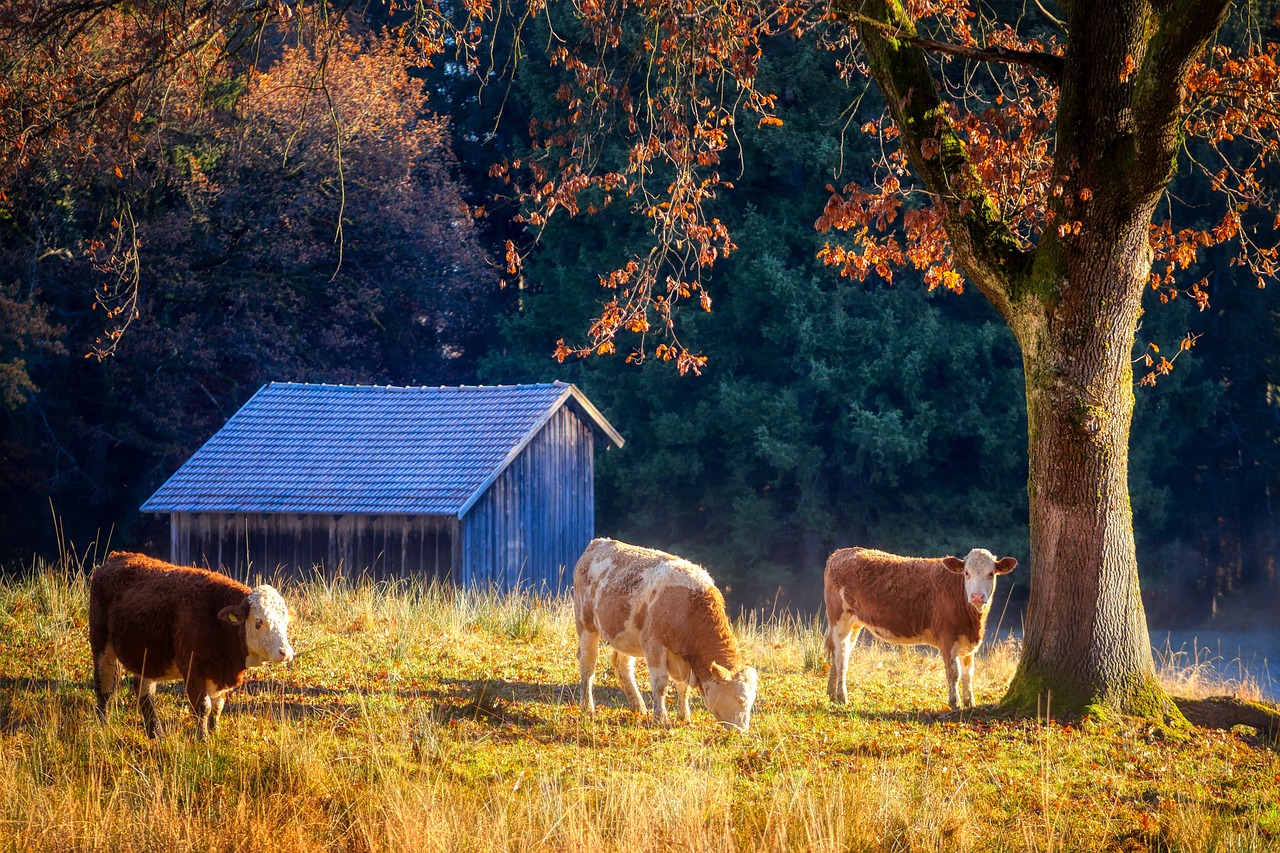
This had some very useful information. It’s nice to know that birdhouses should be up around late February. I didn’t think the time mattered.
This summer, we are looking to buy a Birdhouse in order to attract more birds to our yard. We want to make sure that we buy the right type for the chickadees that we are specifically looking to attract. As you mentioned, since they are small, we will look for a birdhouse that has a hole 1 1/8 inches across.
I recently received a cute birdhouse as a present, and I would like to put it up in my yard. I never knew that the best way to keep raccoons and cats away from it was to put it atop a metal pole. This is such a clever idea, and will be easy to do. I am happy that I will be able to provide birds with a safe place to say.
I hadn’t thought about how you can try and attract specific types of birds with a house. I have been looking for a birdhouse to put in my yard this month. I can see how it would be nice to choose one that has a smaller hole because I want to attract small birds.
My sister was so fond of birds that she was begging me to buy a birdhouse and put in out the yard, so she can have the chance to see a lot of birds every day. That’s the reason why I like your advice on what to do with birdcages like keeping it atop metal poles or in areas that are safe from raccoons and cats. Thanks for sharing. I’ll make sure to remember your advice when we buy a birdhouse.
It’s nice that you talked about how birdhouses come in many styles, from gaily plain old wooden antiques to sleek metal models to plain old wooden ones. I think it would be nice to have some birds in our backyard, so I am thinking of getting a birdhouse. I’d like to get some cool birdhouses that would definitely look good in our backyard.